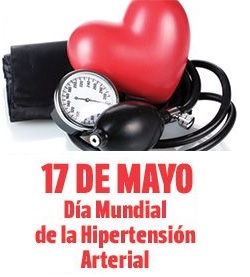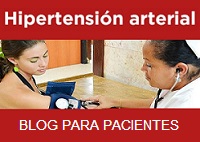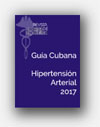Potential lifetime cost-effectiveness of catheter-based renal sympathetic denervation in patients with resistant hypertension
Estudios importantes sobre hipertension arterial de Cuba y el mundo
 Por: Marc Dorenkamp, Klaus Bonaventura, Alexander W. Leber, Julia Boldt, Christian Sohns, Leif-Hendrik Boldt, Wilhelm Haverkamp, Ulrich Frei y Mattias Roser. European Heart Journal Volume 34, Issue 6
Por: Marc Dorenkamp, Klaus Bonaventura, Alexander W. Leber, Julia Boldt, Christian Sohns, Leif-Hendrik Boldt, Wilhelm Haverkamp, Ulrich Frei y Mattias Roser. European Heart Journal Volume 34, Issue 6
Pp. 451-461.
Recent studies have demonstrated the safety and efficacy of catheter-based renal sympathetic denervation (RDN) for the treatment of resistant hypertension. We aimed to determine the cost-effectiveness of this approach separately for men and women of different ages.
A Markov state-transition model accounting for costs, life-years, quality-adjusted life-years (QALYs), and incremental cost-effectiveness was developed to compare RDN with best medical therapy (BMT) in patients with resistant hypertension. The model ran from age 30 to 100 years or death, with a cycle length of 1 year. The efficacy of RDN was modelled as a reduction in the risk of hypertension-related disease events and death.
Analyses were conducted from a payer’s perspective. Costs and QALYs were discounted at 3% annually. Both deterministic and probabilistic sensitivity analyses were performed.
Renal sympathetic denervation is a cost-effective intervention for patients with resistant hypertension. Earlier treatment produces better cost-effectiveness ratios. [Actualizado: 18 de julio 2013]





![Glosario: hipertensión [Hipertensión arterial en la atención primaria de salud. 2009]](http://temas.sld.cu/hipertension/files/2016/04/Glosario-e1541006177950.jpg)




Comentarios recientes